
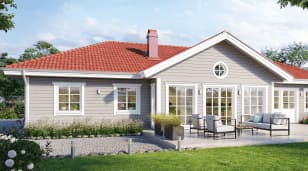
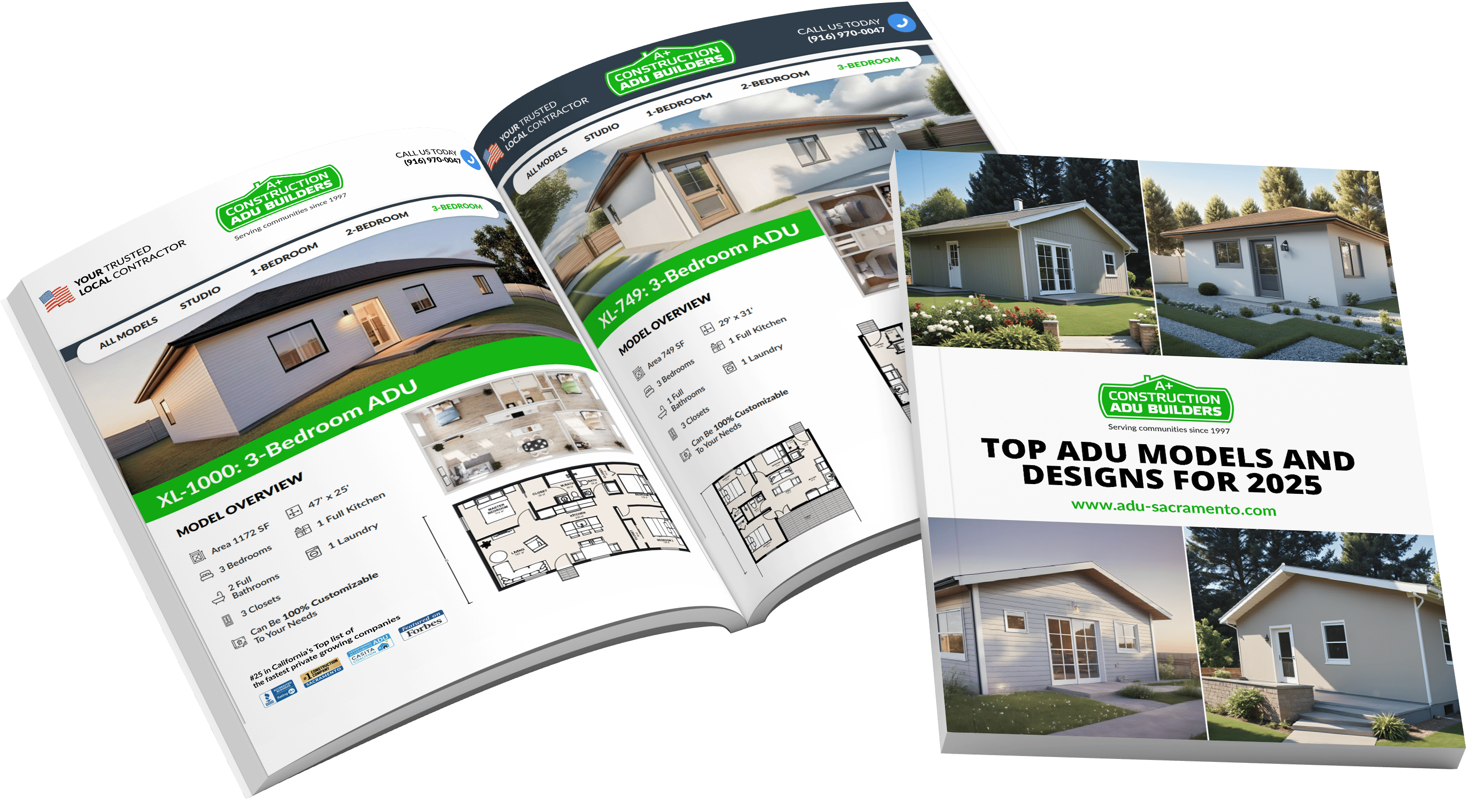



A link to download your FREE brochure will be in your inbox in 3 minutes
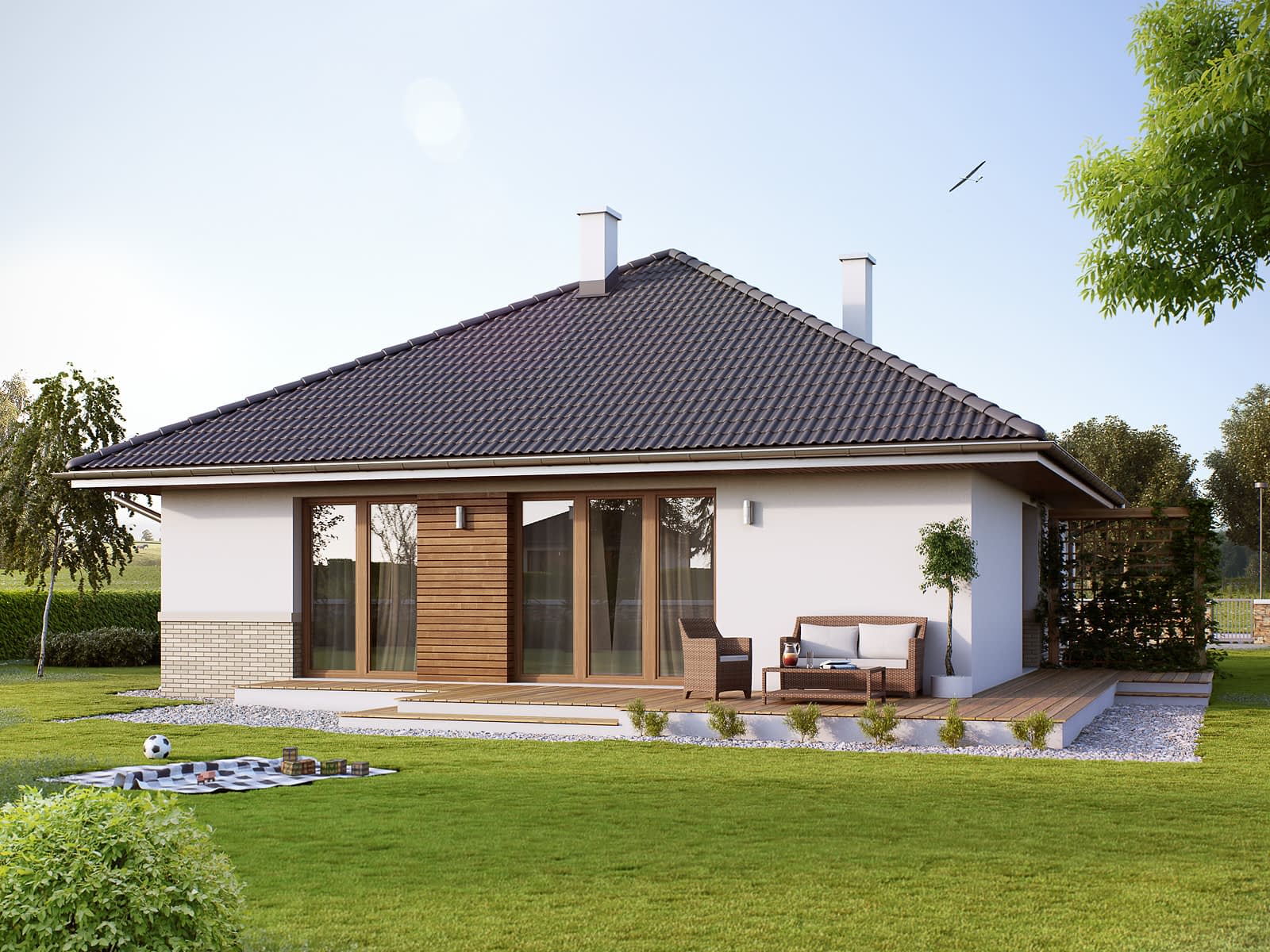


















The final price may vary based on project specifics.
To get a free accurate quote tailored to your needs, book a consultation with us today!

The price per square foot provided is an average and may vary depending on project-specific details such as materials, location, complexity, and other factors. Actual costs may differ from the average provided.
It is recommended to obtain a detailed quote based on the specific requirements of your project.

Please note that the monthly payment displayed on this page is an estimate and is subject to variation based on the selected loan product, applicants credit score, loan amount, and other financial details. Actual monthly payment may differ from the estimate provided.
It is recommended to seek advice from a financial advisor or loan officer to obtain precise payment information tailored to individual circumstances.
 Your Trusted
Local Contractor
Your Trusted
Local Contractor
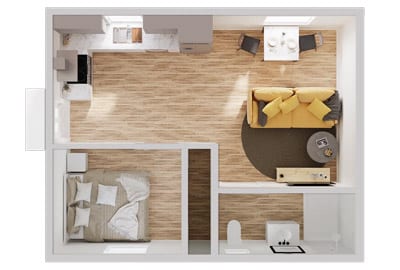
The fuss around ADUs has been around for some time, and it doesn’t seem that fewer homeowners will build these units in the near future. Representing a more accessible and more convenient way of enlarging your property, accessory dwelling units seem like a must in today’s world. However, to get one, you need to hire a contractor team, which includes professional architects, managers, and builders. Even this team will not save you from possible delays and changes in the course of the project. Some of these delays are linked to the structural plan changes, while some come from the extra time needed for the authorities to review your project and eventually approve it.
Without the permitted plans, contractors will not have the right to start the construction, but the solution is always here: standard ADU plans. Some professionals name them pre-approved ADU plans, meaning that contractors do not develop them from scratch, but instead work directly with ones that the authorities have already seen and approved. Such a site plan includes the maximum size of an ADU, floor plan, and all safety implications.
Here, we will discuss the benefits and drawbacks of pre-approved ADU plans and how you can use them in the future.
In the world of ADUs, it is sometimes challenging to decide which one you really need, not talking about how to complete one, so let’s get acquainted with the most popular types among homeowners.
Being the most accessible option on the list, a junior ADU represents a small but valuable addition to your main lot. It is cheaper and more convenient than detached or attached options, as its size is strictly regulated and cannot exceed a certain number of square feet under any circumstances. We find this option perfect for individuals who need their own private space. Or, this ADU can help you organize a home office in the vicinity of your main apartment. In other words, the possibilities are vast.
As it comes from the name, this living space stands right next to the existing house and even shares a wall with it. This allows you to create a truly unique way of interacting with the property, as an attached unit can have its own entrance while allowing dwellers to access it through a shared wall. We believe this option will find its way into the hearts of our customers who want their older relatives to live nearby so you can take care of them.
The standalone structure on your lot can appear there in different styles and create a wonderful opportunity for the dwellers to spend time outside the main house but on the same lot. A detached unit stands in direct proximity to the main house and, at the same time, possesses its benefits. People living there may not fear that someone enters it accidentally, as they have a complete set of amenities and a separate entrance. Being a perfect solution for young families, these accessory dwelling units are a must for lovers of privacy.
But if all ADU plans need to be approved, why would you pick standard ADU plans? In reality, they possess a large number of benefits that make them stand out from regular plans.
The advantages of standard ADU plans are the following:
Such plans have already been reviewed and approved by the local authorities, so you will require much less time to start building your ADU. Instead of going through the long and tiring process of submittal and review of the plan, pre-approved ADU plans can help you quickly start the construction and do it in a matter of days.
As for the regular plans, they normally require additions and changes that at times cost a fortune. Concerning a pre-approved ADU plan, architects and builders will not have to redesign the construction plan to fit the needs of the homeowners, as the initial plan is already perfect.
Starting an ADU project is a headache, but finishing can be disappointing as the end result may not even come close to the initial idea because of all the proposed changes during the construction. When it comes to pre-approved ADU plans, any homeowner can see the end result right from the start. Therefore, pre-approved plans will minimize possible surprises during the construction.
All in all, the advantages of pre-approved plans for accessory dwelling units are vast, but there are many more. As for every homeowner, the list will definitely include other sides of this wonderful approach.
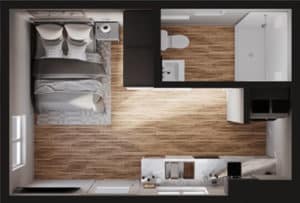
However, it is of utter importance to choose the pre-approved ADU plan, taking into consideration the local regulations and location of your unit. Also, don’t forget to pay attention to the following elements:
As you can see, even pre-approved ADU plans should be reviewed several times before building the unit itself.
Overall, your actions with the pre-approved plans depend on state law. The submittal and permitting processes differ from state to state, especially when it comes to residential changes. We can say for sure that any proposed changes in an accessory dwelling unit should definitely be approved by local building authorities, but as for everything else concerning safety regulations, permit issuance, or review process, it all remains the state’s consideration.
From the moment you submit the documents to the permit issuance, it may take weeks or even months for authorities to get it all approved. As for the standard plans, the process will be significantly shorter and require less effort. Permitting plans and their review may be the most important steps before building on your property, so you should approach it with due respect and attention in order to complete the project on time.
First, you need to figure out whom to submit the documents to. You can google this info or ask around the neighborhood. Next, this process may require your visit to the office or sending the documents online. Papers normally include building plans, the cost of the project, existing structures nearby, and styles of the buildings. The authorities will review them, check compliance with the safety regulations and the cost of the project, and issue necessary permits. After doing this, you can start building your unit on the site and try to complete it on time. And don’t forget to pay the fees!
Get a First Look at Real ADU Projects